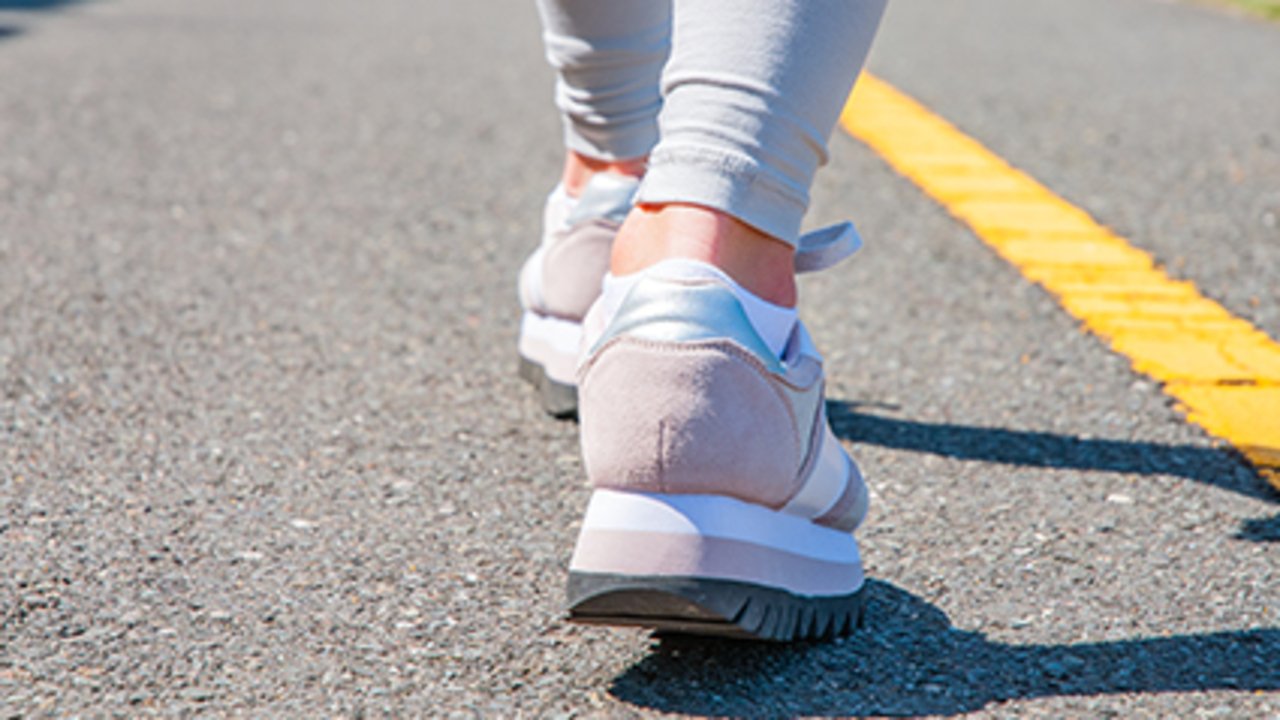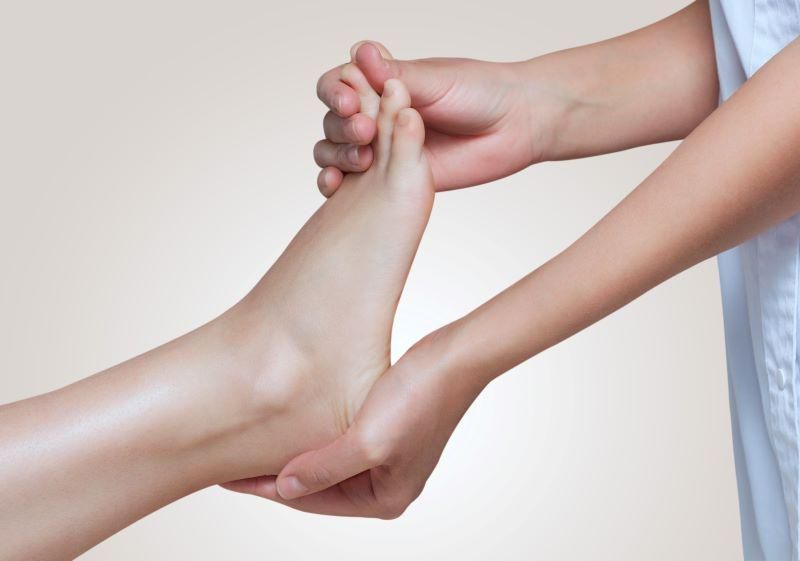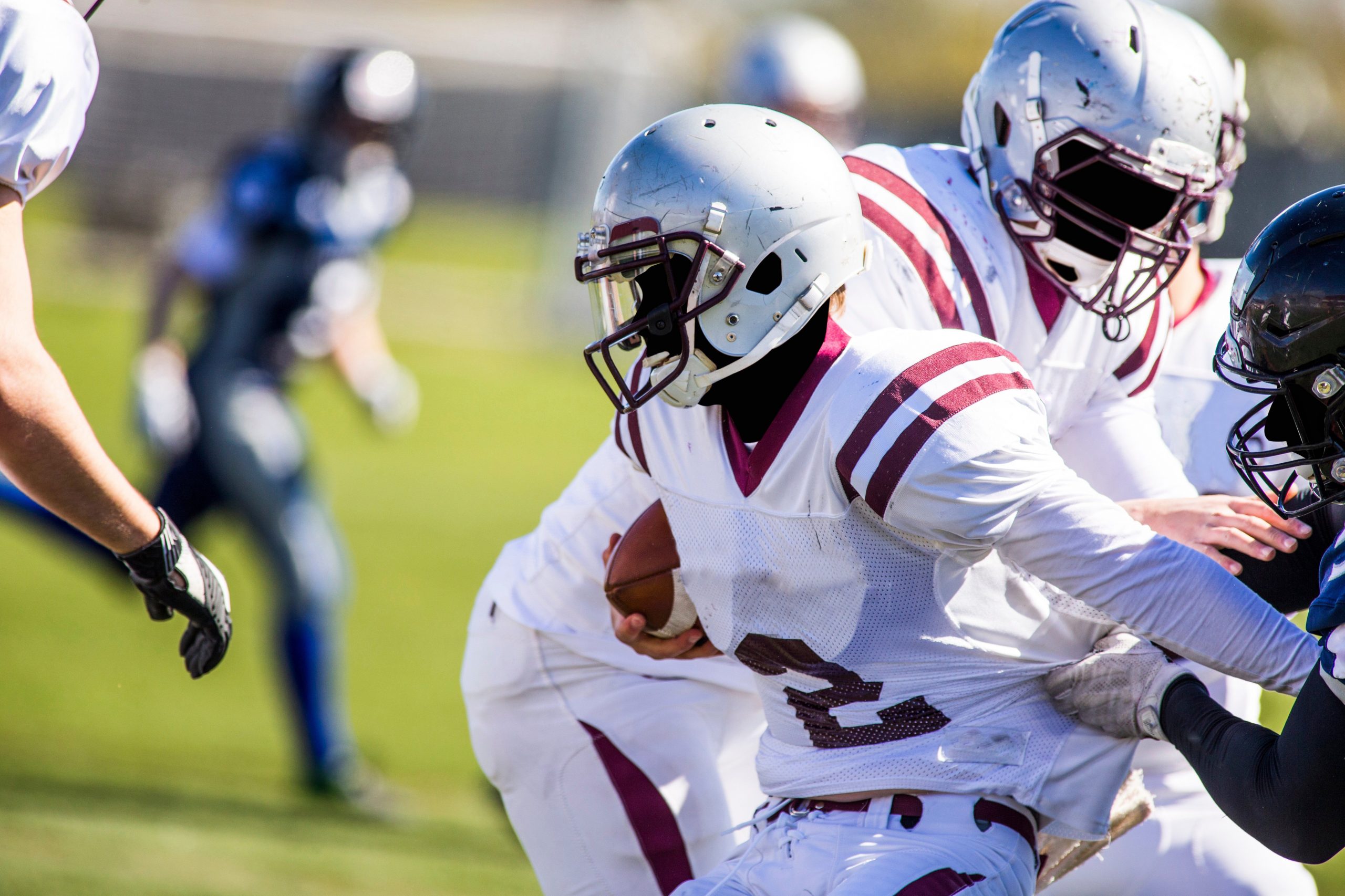
Getting a certain number of steps each day can help people improve their fitness, but new research shows it also can pay off in the operating room. The odds of complications within 90 days after hospital discharge were reduced by half if a patient was getting more than 7,500 steps a day before their procedure,… read on > read on >


























-300x200.jpeg)



